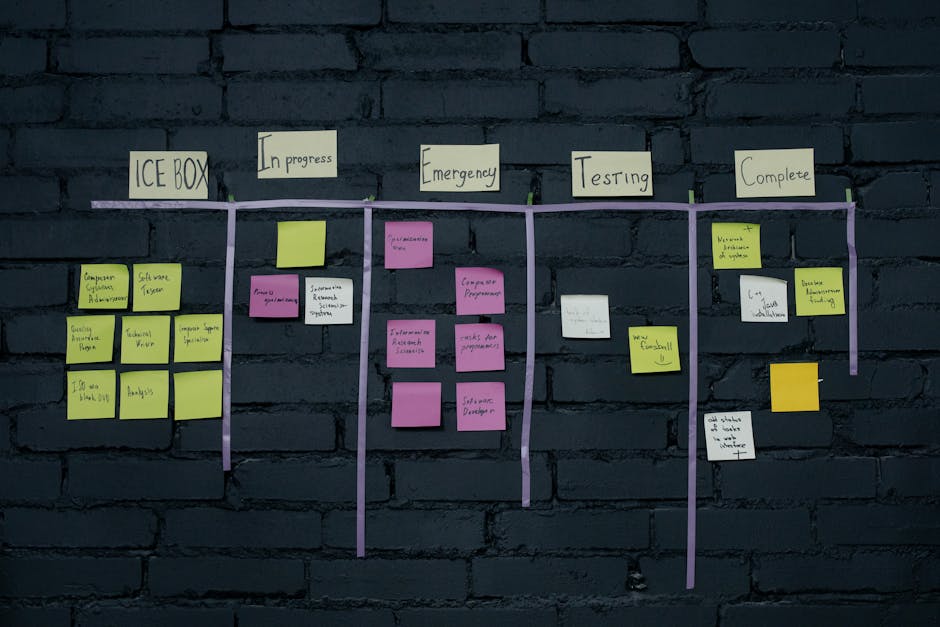
Understanding the Kanban Methodology for Effective Workflow Management
What is Kanban Methodology?
The Kanban methodology is a visual approach to managing work that emphasizes continuous delivery without overburdening the team. Originating from manufacturing processes, it has become popular in software development and other project management domains.
Core Principles of Kanban
- Visualize your work: Use a Kanban board to track tasks and workflow stages.
- Limit Work in Progress (WIP): Restrict the number of tasks in each stage to maintain focus and reduce bottlenecks.
- Manage flow: Monitor and optimize the movement of tasks across the workflow.
- Make policies explicit: Clearly define rules for managing work to ensure transparency.
- Implement feedback loops: Use regular meetings like daily stand-ups to review progress and impediments.
Benefits of Using Kanban
Applying the Kanban methodology can lead to increased transparency, improved flexibility, and better predictability in project delivery. Teams can quickly adapt to changes and prioritize tasks effectively.
Getting Started with Kanban
To implement Kanban, begin by creating a visual board that reflects your workflow. Define your workflow stages, set WIP limits, and start tracking tasks. Over time, analyze the workflow for bottlenecks and make adjustments to improve overall efficiency.
Conclusion
The Kanban approach offers a simple yet powerful way to manage work effectively. Whether you're a project manager or part of a development team, adopting Kanban can help streamline processes and achieve your goals more efficiently.
